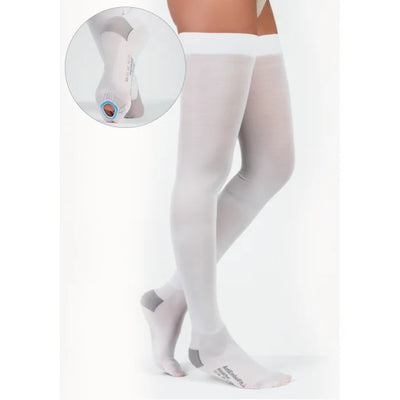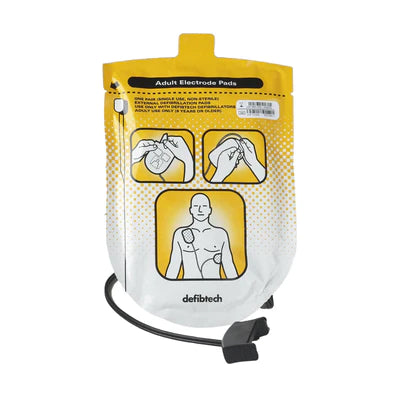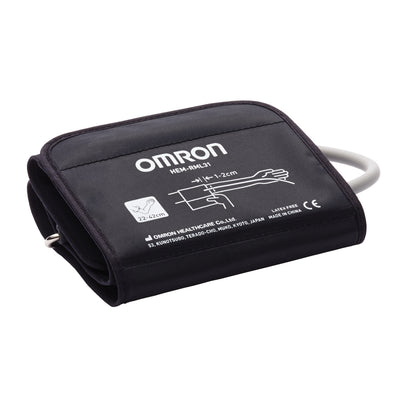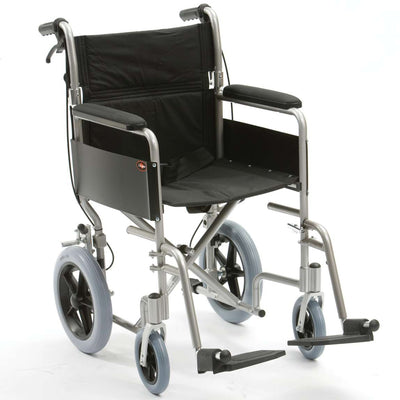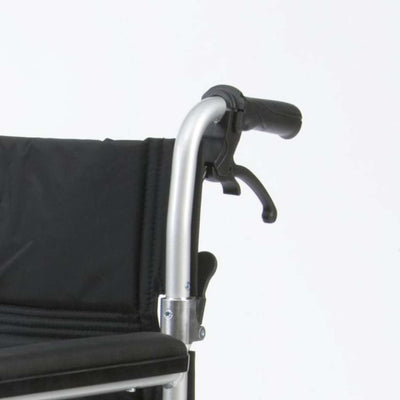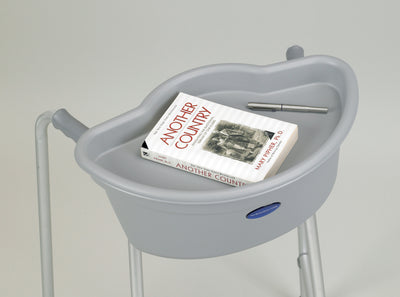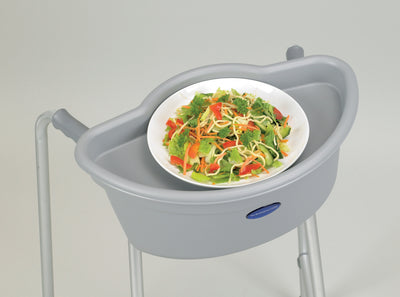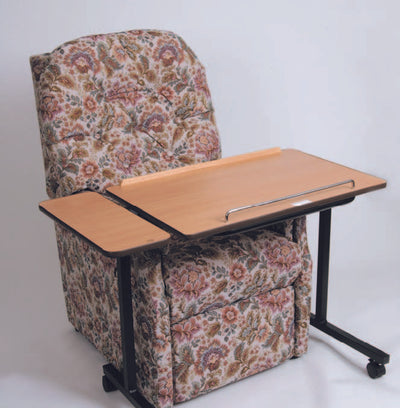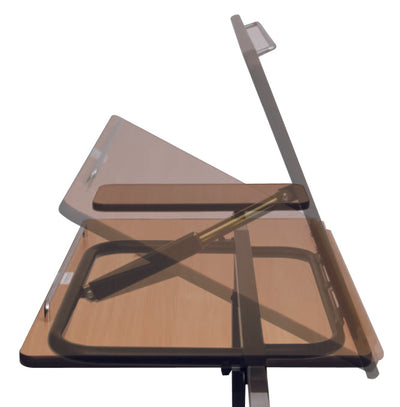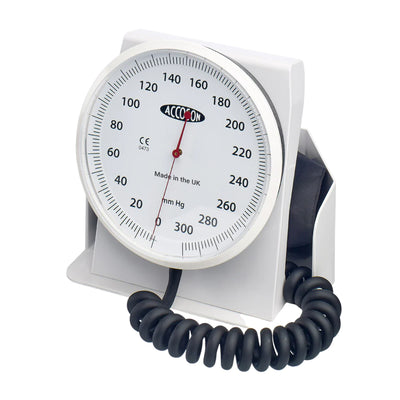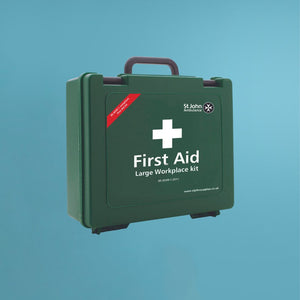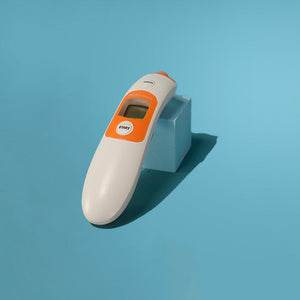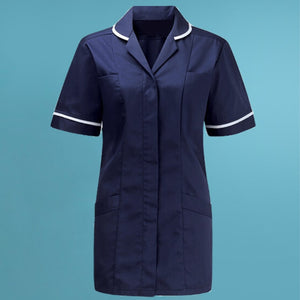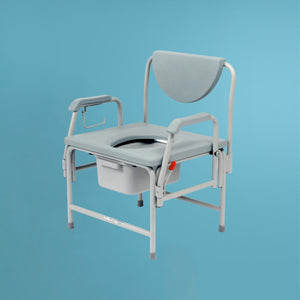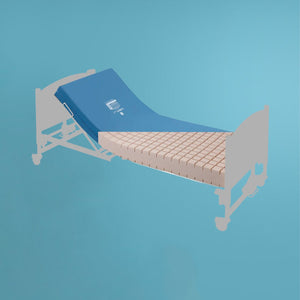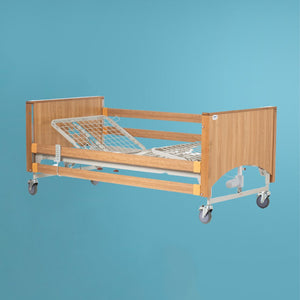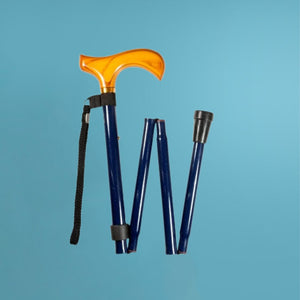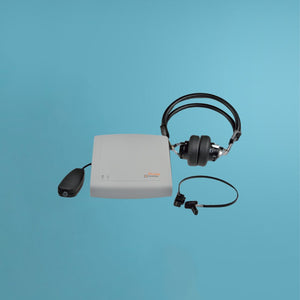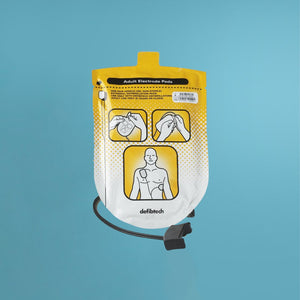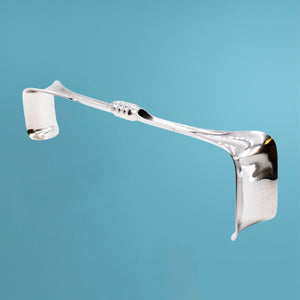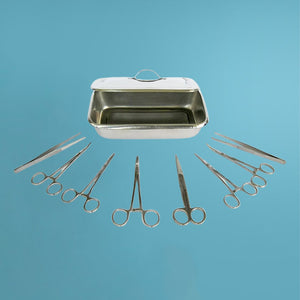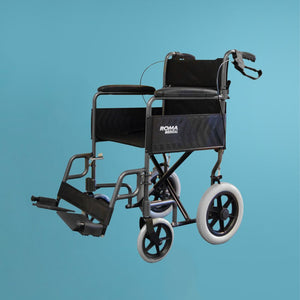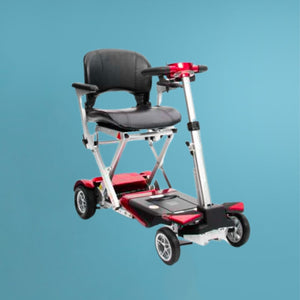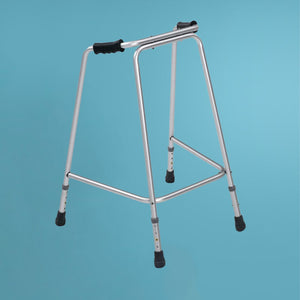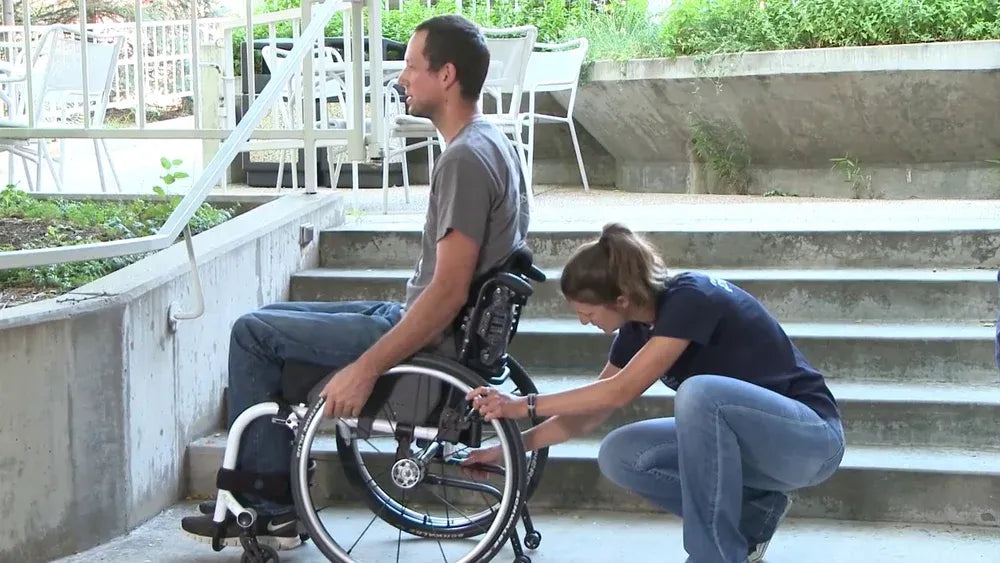Navigating Transportation in a Wheelchair: Advice and Practical Solutions
Whether you are going to a hospital appointment or just to the store, travelling in a wheelchair can bring its fair share of challenges (stairs, stigma, and bumpy sidewalks, for starters). Despite these challenges, being in a wheelchair should not stop anyone from getting where they need to go and living their life to the fullest.
While careful planning and effort are required when leaving the house in a wheelchair. Being familiar with all available options is crucial for wheelchair users to support their mobility, freedom, and independence. With the right tools and knowledge getting around in a wheelchair becomes much more accessible.
You can have a safe and enjoyable trip, and that's what this blog is all about – giving you valuable tips for travelling with a wheelchair.
Tips for Traveling with a Wheelchair
Here are some tips and practical solutions to help you navigate transportation in a wheelchair:
1. Research Your Options
There are many different types of transportation available to wheelchair users. Research your options, such as special buses or taxis with wheelchair lifts, and ask if they are accessible for wheelchair users.
Sometimes you don’t have an option, meaning you simply have to fly by plane. So let's break down all of the options available.
1.1 Wheelchair Accessible Minibusses & Taxis
Many regular buses offer wheelchair access and little assistance. However, in some cases, a more accessible minibus or taxi may be required. You can look for companies that provide special services for wheelchair users and book a suitable vehicle with wheelchair assistance.
For example, Age UK offers a door-to-door service for older people and provides a wheelchair accessible minibus service.
Transport for London (TFL) also has a service called Taxicard, specifically designed for individuals with mobility impairments who reside in London. Additionally, they have step-free journeys where commuters can choose their journeys via train, bus, or boat without walking any stairs or escalators.
1.2 Trains
Trains and London Underground are important means of transportation for disabled people. Most railway stations provide ramps, lifts, or escalators, making it easier for wheelchair users to access and exit.
The National Rail offers insights into stations that provide accessibility and unique facilities for disabled people. This can help you plan your journey and give you an idea of the station layout before starting your travel. They also offer passenger assist. If you need assistance with navigating the station, getting on and off the train and carrying baggage, it is recommended to book as early as possible.
The Accessible Travel Policy (ATP) describes the steps and processes put in place to make sure that people with disabilities can use transportation and travel services in the same way as everyone else. The Disabled Persons Railcard offers 1/3 off travel. This card can be purchased online or at any manned National Rail station. You can check here if you're eligible.
1.3 Planes
Many airlines offer free services and assistance programs to make sure that all passengers can travel comfortably. It is important to contact the airline beforehand so that any modifications to your journey can be made in advance.
Most, if not all, airlines offer assistance and facilities to those with disabilities. Such services often include preboarding, boarding and offboarding, and transporting mobility equipment and luggage.
1.4 Ships and Ferries
Cruise ships and ferries offer accessible cabins, wheelchair ramps, and other amenities that increase comfort and safety for wheelchair users. It is advisable to inform the shipping service that you are in a wheelchair and require assistance, as this will help them better plan your trip and experience.
Advice for Travelling with a Wheelchair
1. Plan In Advance
When travelling with a wheelchair, planning ahead is a good idea. Contact the airline, public transport provider, or travel agency in advance to inform them that you will be travelling with a wheelchair. This will enable them to make any necessary arrangements for you.
It is important to research accessibility information to ensure that the places you plan to visit have appropriate accommodations such as disabled bathrooms or wheelchair access. If travelling alone, don't be afraid to ask for assistance, such as requesting help from the driver getting onto the bus.
When planning your trip, consider that traveling in a wheelchair may take longer than usual, so it's important to remember this. Additionally, if you require a caregiver's assistance, make sure to contact them beforehand to make arrangements for the duration of the trip. Having someone to help you can also help take the load off doing this research alone.
2. Prepare for the Trip
It is essential to make sure your wheelchair is in good shape before you leave for your trip. This helps avoid or support unseen situations that may occur as you travel. Make sure the wheelchair is safe and secure for travel and that all its parts are functioning correctly.
Don't forget to bring extra supplies such as a repair kit or spare tyre for longer trips. Packing things that will make your ride more comfortable, such as blankets, pillows, and a cushion for your seat, is also a good idea.
3. Know Your Rights
As we discussed earlier, with the Accessible Travel Policy (ATP) in place, certain regulations protect you when travelling with a wheelchair. Knowing your rights can help you receive the services and accommodations you need along the way.
Ultimately each mode of transportation brings its fair share of challenges, but with the right preparation and research, you can rest assured that your travels will be smooth and stress-free.
Conclusion
With the help of laws and regulations, businesses facilitating wheelchair users have become more accessible and accommodating. This has played a significant role in improving the travel experience for disabled individuals.
Traveling with a wheelchair can seem overwhelming at first, but the right advice and practical solutions can go a long way to ensure your trips are safe, successful, and enjoyable wherever you may be headed.

